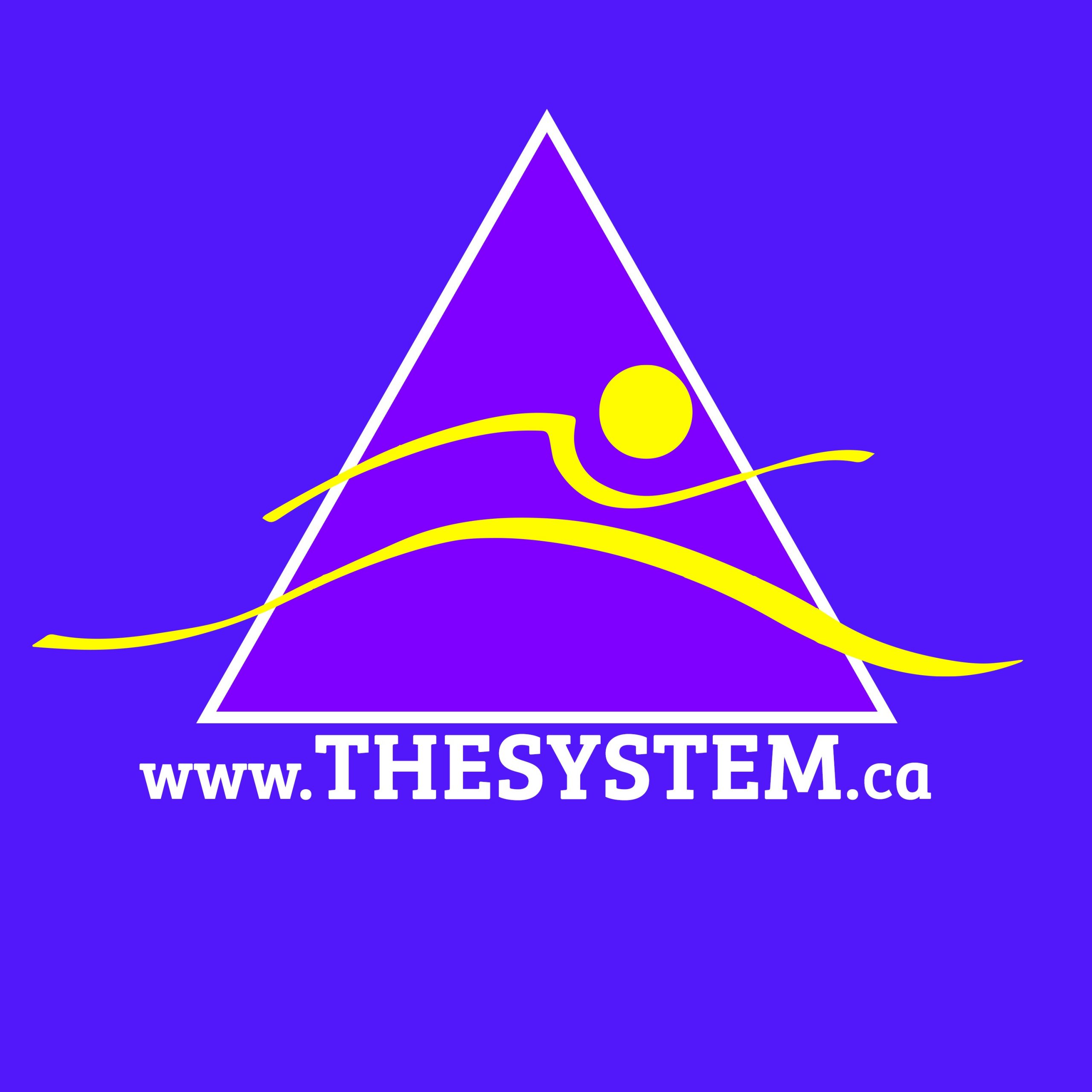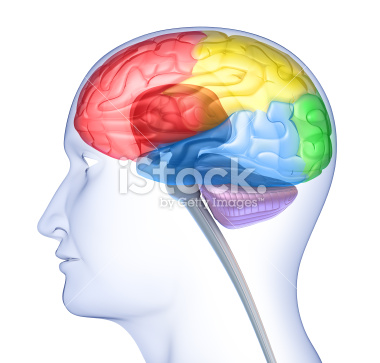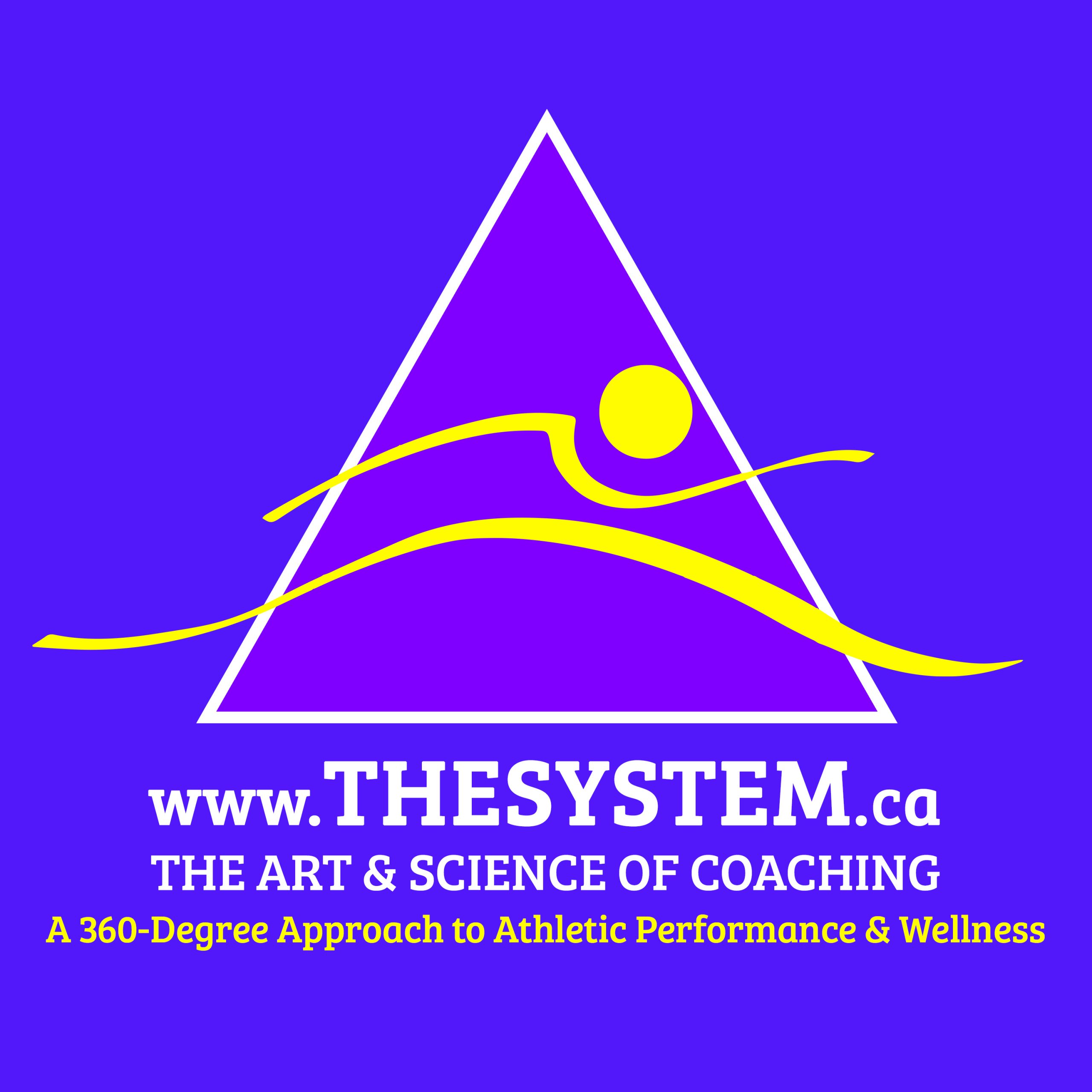Neuro-Biomechanics of Maximum Velocity
Strength without speed is not a good scenario for most athletic endeavours, especially the 100m. Both training elements require a degree of acquired skill (i.e. C.N.S. involvement). 7
How Does an Athlete Acquire a New Skill?
At The System we have identified four stages for new skill acquisition:
Stage 1) Forebrain or Conscious Non-Reflexive Movement
The athlete must be cognitively aware of the new skill. Speed of movement is slow with perhaps many errors. Repetitions at this stage 500 to 1000. 8
Stage 2) Hind Brain or Conscious Non-Reflexive Movement
The skill is done much faster, but there are still some errors. Old habits still return occasionally. Repetitions at this stage 500 to 1000.
Stage 3) Spinal Loop or Unconscious Reflexive Movement
The skill is much more automated. Speed of execution is much faster with minimal errors. Repetitions at this stage 500 to 1000.
Stage 4) Fascial Loop or Unconscious Reflexive Movement
This is when high-speed movements are created, based upon the cumulative movement pattern library the athlete has acquired, making spectators and other athletes ask the question “how did he/she do that”. There are some skills that are what we call “One-offs”. The athlete, more than likely, will not be able to be reproduce these movements during training, due to the situational nature of the skill.
Can you Accelerate Skill Acquisition?
Yes, providing that certain criteria are met w.r.t. the paradigm being used. The athlete must not just be conditioned (i.e. physiological training), but must be coached (i.e. guided in all aspects of the training process….diet, lifestyle, regeneration….Self Awareness).
“An athlete should understand how every component of training is going to help the more they understand, the better the compliance with the training program.”
Another way to view this statement is …
The athlete must understand about his / her conditioning plan based upon the following criteria:
1) Give only the information that they can assimilate based upon the state you find them in i.e. do not get the “War & Peace Novel” lecture, especially when the athlete is in a fatigued state.
2) Do not give information that will confuse the athlete. “Keep It Simple Stupid (K.I.S.S.).”
3) Give one skill at a time, until that skill has reached at least the 3rd Stage of Automation (See Above).
4) Use key words that the athlete can identify with.
5) Do not distort the 3-dimensional neutrality of all organs, bones, spinal cord, and brain.
6) Become more efficient at the movement (i.e. require much less energy to complete).
7) The movement skill must involve a reflexive arc that already exist in the body.6
8) The movement skill must be easily duplicable.
9) The movement skill must be all encompassing i.e. from the one movement skill, several other movements can be developed from the original movement.
10) The movement skill must be able to integrate both Left & Right hemispheres of the brain.
11) The movement skill must involve some sort of mental rehearsal and / or imagery
The Question, w.r.t. Athletics, Is Speed is a Skill?
Yes. Any coach can make an athlete tired, but due to the high CNS involvement of speed, fatigue is not the end goal of speed conditioning. The end goal is to make the athlete faster. If fatigue is begin acquired, speed will drop via several ways:
1) Decreased CNS firing
2) Altered biomechanics & a loss in the elastic potential of “all” the muscles in the body.
3) A reoccurrence of old improper movement patterns, due driving an automated movement back up to the higher brain centres (i.e. making the movement more fore-brained vs. a reflexive loop).
4) Re-injury or Injury to muscles
Please visit www.TheSystem.ca for more informative articles.
Don’t forget to register for our upcoming seminar!




